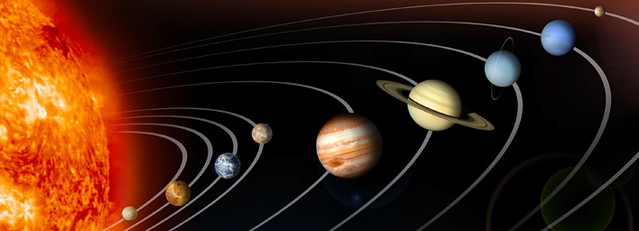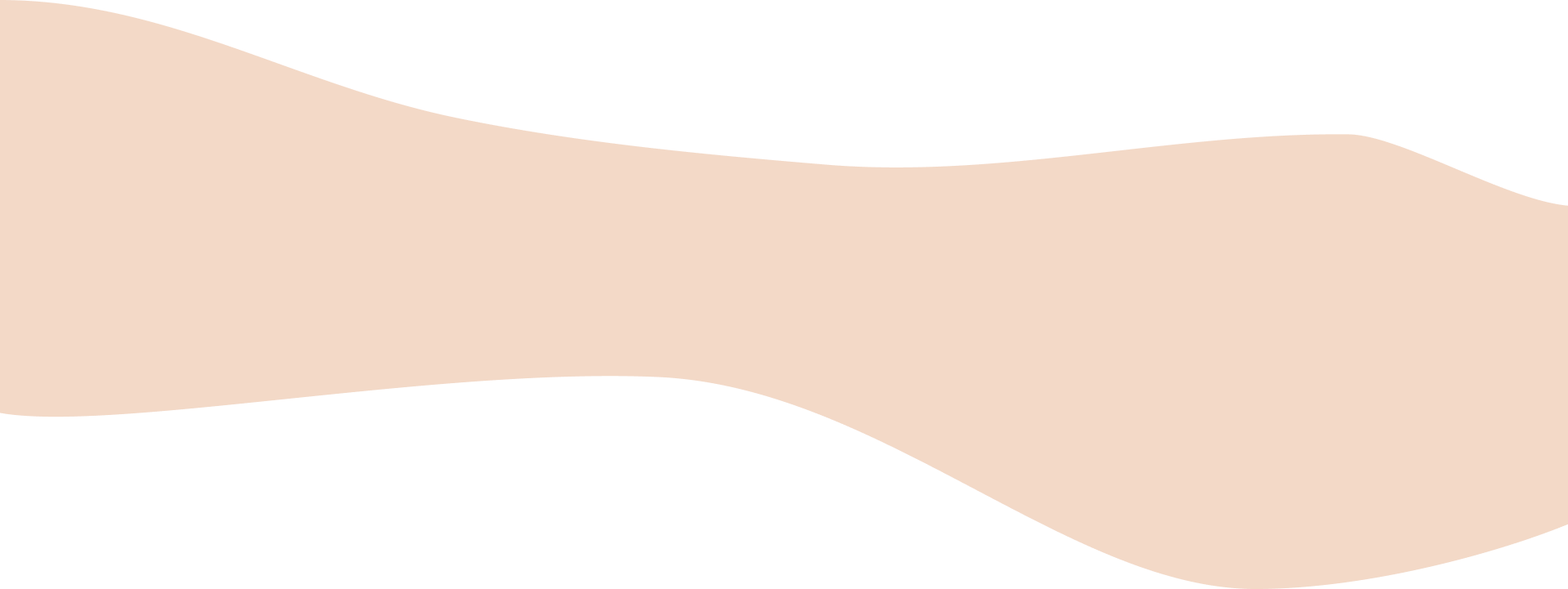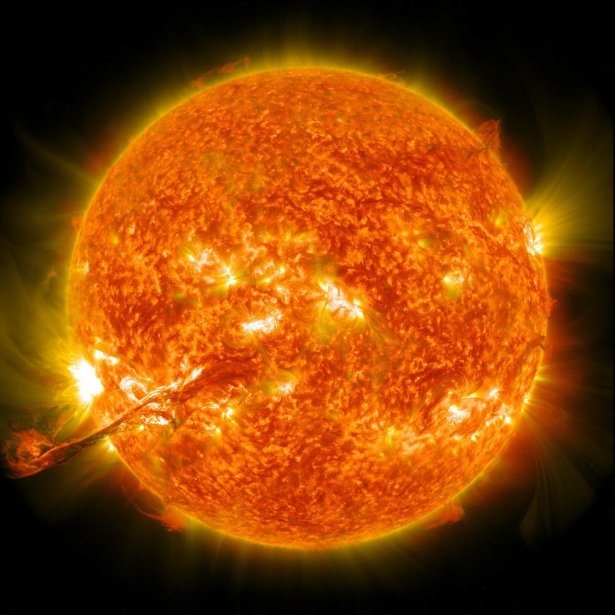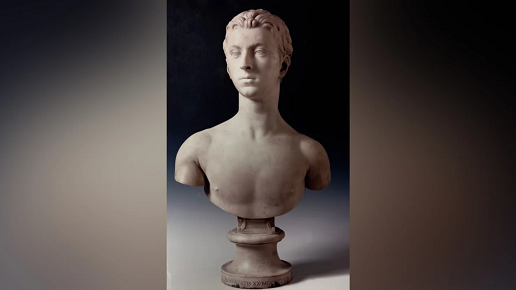I was lucky enough to catch an awesome glimpse of the northern lights from my own home this month when the biggest solar storm to reach Earth in two decades made auroras visible at latitudes much farther south than usual.
Despite living in the light-filled streets of central London, my smartphone camera picked up a green haze and a pulsing sheet of purple and pink light. Capturing the moment was an unforgettable experience and one that I had thought would involve expensive travel to the northernmost reaches of our planet.
The storms that create spectacular auroras such as those I witnessed originate from the sun’s dynamic magnetic field, an astrophysical enigma that scientists this week came closer to unraveling.
Solar update
NASA's Solar Dynamics Observatory scientists used computer models to generate a four-day, time-lapse view of the sun's changing magnetic field. The field lines are more concentrated in regions more magnetically intense. NASA/Solar Dynamics Observatory
Figuring out how the sun’s magnetic field works will help scientists improve the forecasting of space weather, which dazzles night sky watchers but can disrupt GPS and communication satellites.
The sun’s looping magnetic field lines, which form a tangled web of structures more complex than those on Earth, are difficult to study directly. To grasp what’s going on, scientists create mathematical models.
A new model, which took more than a decade to develop and required a NASA supercomputer to conduct the detailed calculations, found that the sun’s magnetic field is generated much closer to the surface than previously thought.
The team believes its model is more accurate because it accounts for a unique solar feature.

NASA's Solar Dynamics Observatory scientists used computer models to generate a four-day, time-lapse view of the sun's changing magnetic field. The field lines are more concentrated in regions more magnetically intense./Flickr
A long time ago
A single gold earring found in the ruins of a 2,000-year-old building in the Pyrenees is a clue to how a devastating fire may have started. The inferno consumed the wooden structure, situated in an Iron Age settlement called Tossal de Baltarga, and killed six animals penned in a stable.
Archaeologists believe the fire was deliberate. Had it been accidental, the building’s owners likely would have released the livestock and returned after the fire died down to retrieve their hidden gold, which was concealed in a jar.
The arsonists may have been an invading army under Hannibal, the Carthaginian general who led troops against the Roman Republic, according to the new study.
The fates of the people who used the building are unknown, but the excavation uncovered telling details of the lives of an Iberian people called the Cerretani.
Sky watch
The moon is seen above the megaliths that make up Stonehenge, located on the Salisbury Plain in the county of Wiltshire in England. Andre Pattenden/English Heritage
The builders of Stonehenge placed the huge stones that make up the prehistoric monument in line with sunrise and sunset on the longest and shortest days of the year, revealing an intimate understanding of the sun that’s still palpable today.
But does the 4,500-year-old site in southwest England — and potentially other megalithic monuments around the world — also align with the moon?
The idea that Stonehenge has a lunar link first gained ground in the 1960s. However, the concept hadn’t been systematically explored — until now.
This summer, archaeologists are using the lunar standstill, a little-known phenomenon that happens every 18.6 years, to investigate.
Across the universe
Space scientists have observed the edge of a black hole — an area known as the “plunging region” — for the first time.
Andrew Mummery, lead author of a new study on black holes and a research fellow at the University of Oxford, compared it to “the edge of a waterfall” at the end of a river, where orbiting material from nearby stars plummets into the abyss.
In the plunging region, matter can no longer stay in orbit and instead hurtles into the black hole. But unlike at the black hole’s event horizon, or surface, light can still escape at this point.
The study’s findings, which Albert Einstein predicted, could help astronomers better understand the formation and evolution of black holes.

Space scientists have observed the edge of a black hole — an area known as the “plunging region” — for the first time./Pexels
Wild kingdom
The Eurasian jay may be capable of a humanlike feat of memory, according to new research. Philippe Clement/Arterra/Universal Images Group/Getty Images
Corvids — the group of birds that includes crows, ravens and jays — are famously smart. One corvid species may even be capable of something researchers refer to as “mental time travel.”
This type of recollection enables the mind to recall a seemingly unimportant bit of information that you didn’t consciously commit to memory — for instance, remembering what you had for lunch yesterday.
Researchers working with Eurasian jays trained to find food hidden under cups said these birds may be capable of the feat of memory.
In the experiment, which involved decorated cups, the jays were able to remember what a particular cup looked like, even after the cups were rearranged and a time delay.
And in other corvid news, crows can count up to four, the latest research has found.
Explorations
Dive into these mind-expanding stories.
— Thomas Midgley Jr. was a gifted American inventor who made a lasting mark on history. However, his ingenious solutions created even bigger problems.
— Microplastics have been found in human testicles, underscoring the urgent need for more research to understand what role plastics may play in driving infertility.
— An Austrian winemaker has uncovered hundreds of mammoth bones in his cellar, a discovery that one expert labeled an “archaeological sensation.”
Don’t go just yet: NASA has announced the latest on the much delayed Boeing Starliner crewed mission.







